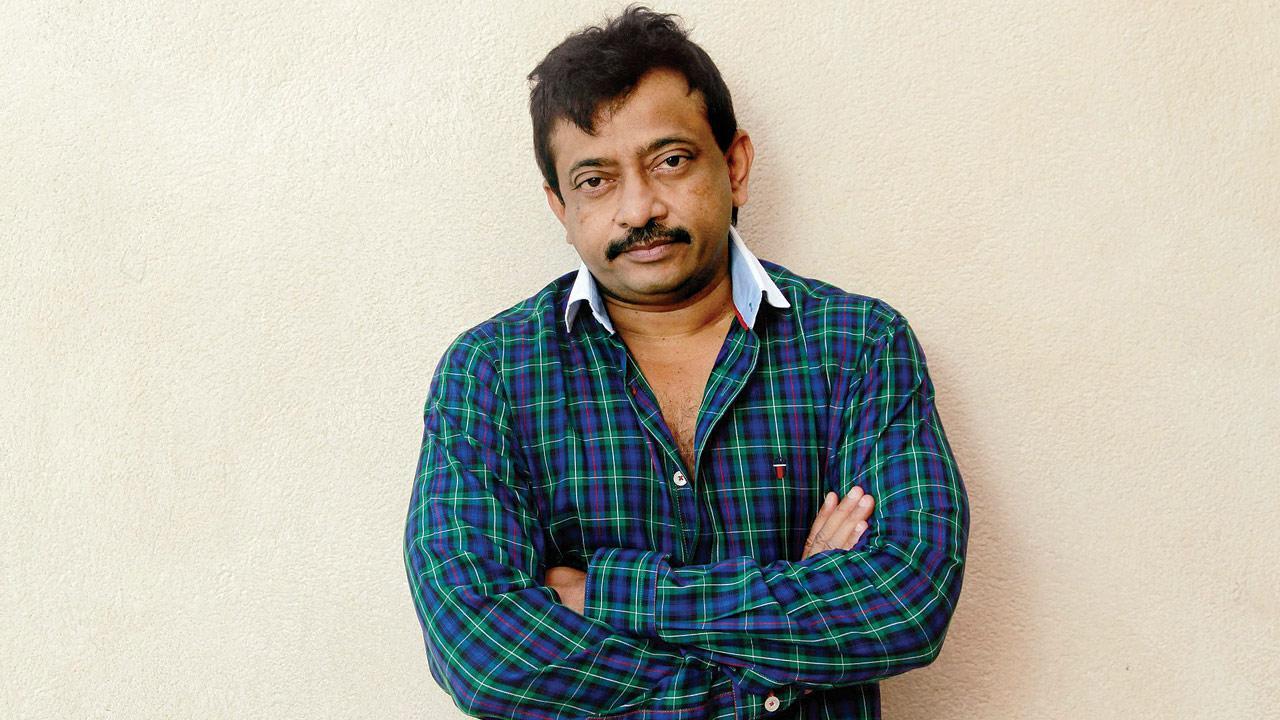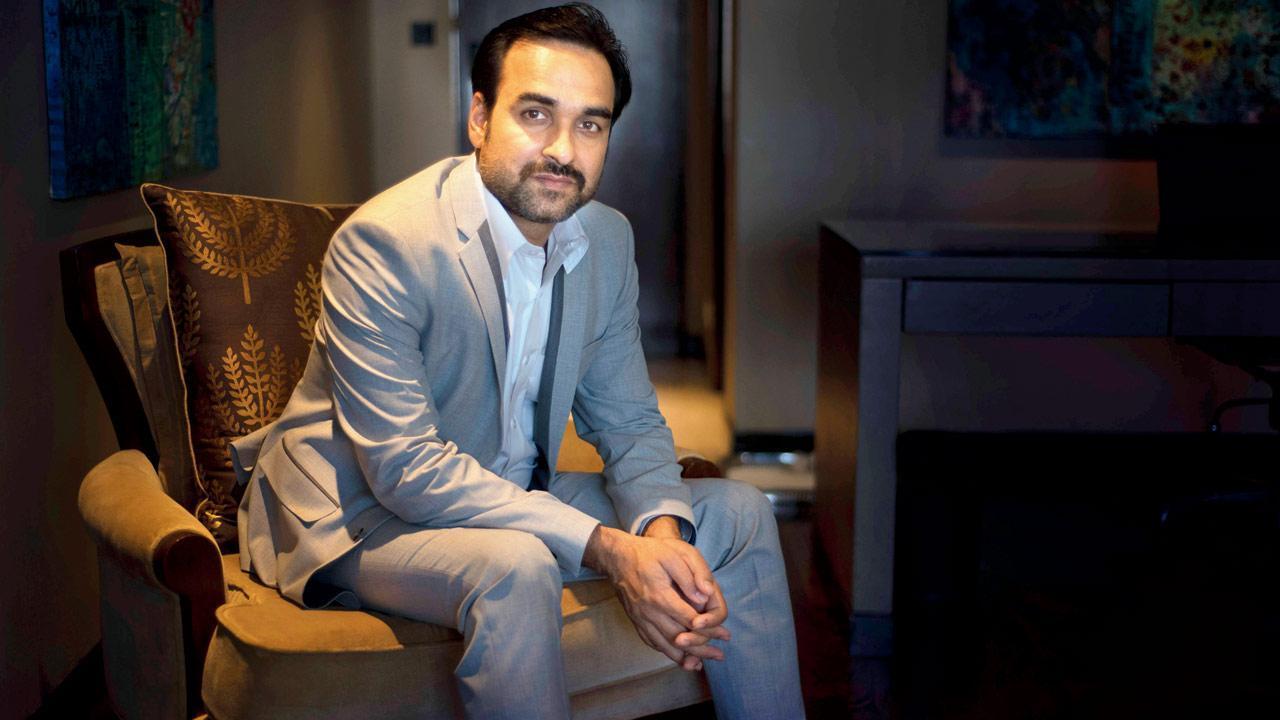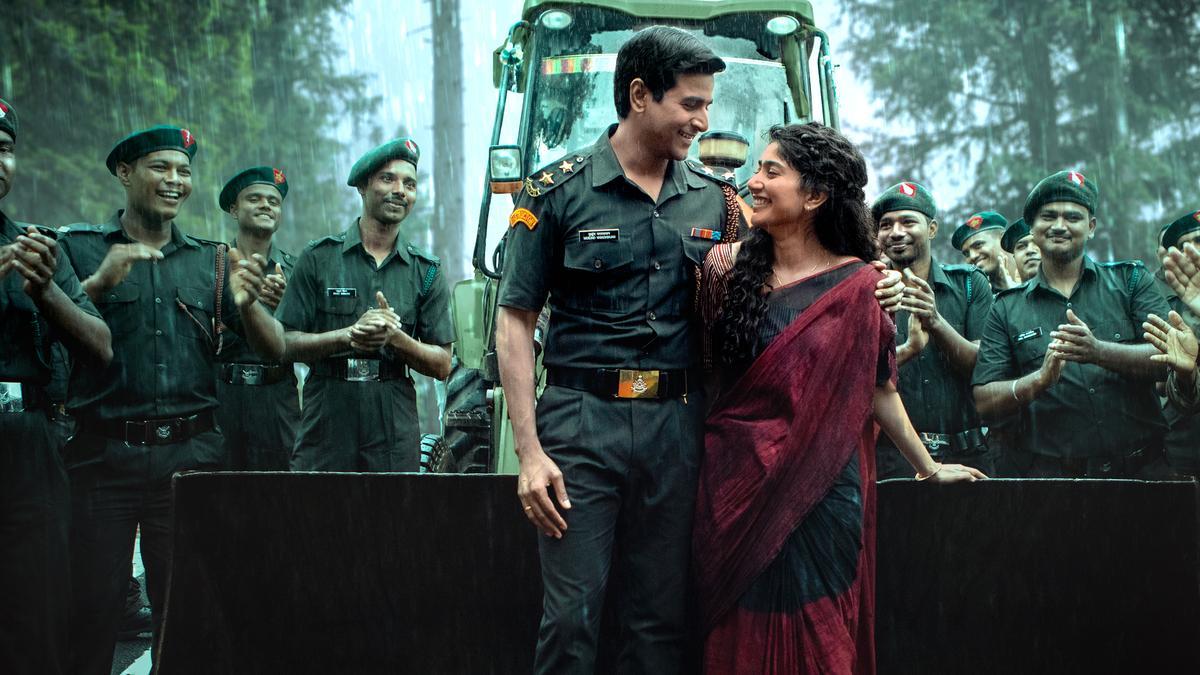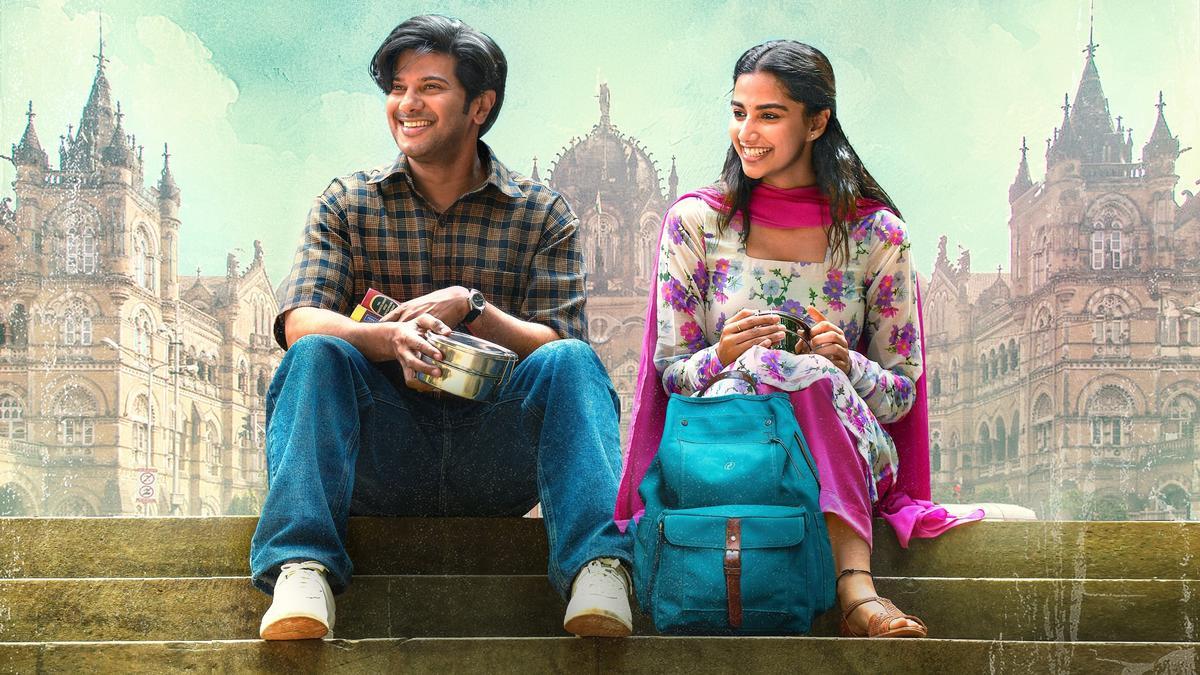
A once nondescript wall near the Adugodi Police Station in the bustling city of Bengaluru has undergone a transformation that is as striking in appearance as it is significant in purpose, thanks to the Graffiti for Hope project. This endeavor, a thoughtful collaboration between Rotary International and the Bengaluru Police, is much more than an aesthetic upgrade; it’s a conspicuous canvas addressing the societal concerns of women’s safety, drug abuse, and cybercrime.
Behind these evocative murals stands the Kolkata-based artist Sayam Porey, whose stark imagery commands the pedestrian’s gaze and engraves a lasting impression on their conscience. Project coordinator Nivedita Dutta, a visionary in immersive advocacy, recognized that ephemeral campaigns fail to leave a lasting mark. She posits that the palpable nature of street art remains etched in the public psyche, making it an ideal medium to resonate with the city’s youth.
Emblems of torment and quests for change dominate Sayam’s powerful murals. The poignant depiction of a teary-eyed woman broaches the conversation on domestic abuse, while the visceral portrayal of a solitary figure swathed in the shadows of syringes tackles the scourge of addiction head-on. Sayam explains his approach by drawing parallels with the explicitness of anti-smoking campaigns; when subtlety fails to ignite change, perhaps a shock to the system through art can.
Not content with sheer provocation, the murals interlace symbols and vibrant hues that draw inspiration directly from the liveliness of Bengaluru itself — a tribute to the dynamic character of the metropolis. Sayam’s intentional use of geometric patterns and color is his way of rooting the artwork in the essence of the city, making it a reflection of its inherent zest.
The heartfelt reaction of the local populace attests to the project’s profound impact. Onlookers were not mere spectators but became part of the narrative. They paused to witness the artist’s progress, pitched in with volunteering efforts, and even offered sustenance against the scorching sun. This warm interlude between the artist and the community cemented the idea that the message had begun its influential journey even before completion.
Sayam’s experience with the residents of Bengaluru was a testament to their open-mindedness and willingness to accept challenging concepts. Acknowledging the murals, they showed an evolved thought process and a dynamic approach to understanding and confronting these tough societal issues.
The overwhelming response from the community, however, was not the only support the project enjoyed. The Bengaluru Police, often subject to negative stereotypes, found a positive limelight in one of the murals where a supportive police hand extends toward one representing the victims. This powerful imagery seeks to reshape public perception and highlight the solidarity extended by the police force.
Despite facing logistical hurdles and resistance to the controversial art form of graffiti, the support from the police and the public alike turned these challenges into a successful collaboration. Nivedita reflects on the journey, emphasizing the worthiness of their endeavor, given the fruitful outcome that surmounted initial skepticism.
The Graffiti for Hope project has become a confluence of artistry, social consciousness, and the innovative spirit of Bengaluru, with the walls of the Adugodi Police Station now a bold testament to the potency of visual discourse in catalyzing societal change and sowing seeds for a hopeful future. Through the binding of activism and art, this initiative has illuminated a pathway where acknowledgment of hard truths and proactive measures coalesce to benefit the entire community. This is an art that truly speaks, and with every gaze it attracts, it propels the conversation towards a brighter, safer Bengaluru.










